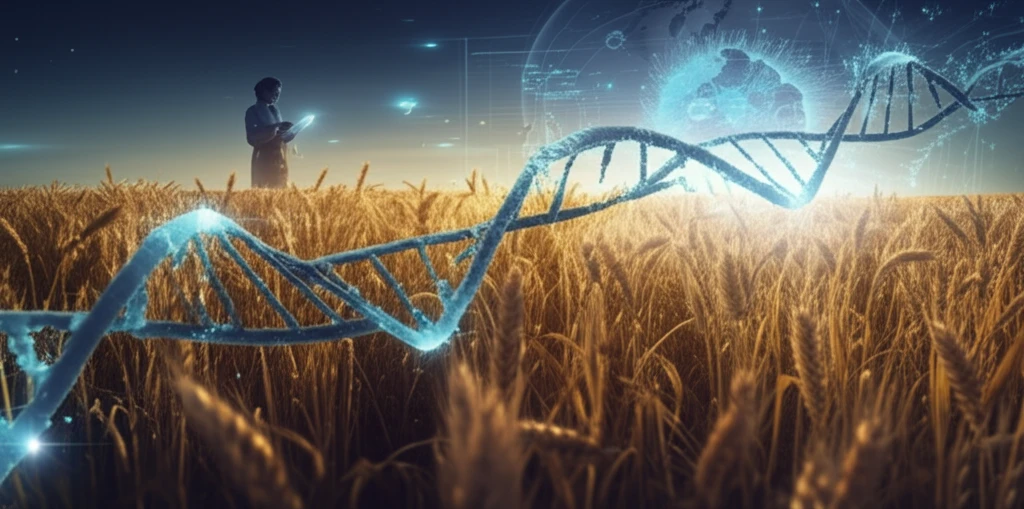
Unlocking Selenium's Secrets: How Gene Research Could Revolutionize Crop Nutrition
"A deep dive into how understanding plant genes can help us boost selenium in our food and fight deficiency."
Selenium is a micronutrient vital for human and animal health, playing a key role in various biological processes. Its deficiency can lead to serious health problems, including heart issues and a weakened immune system. Boosting selenium levels in staple crops is a promising strategy to combat these deficiencies, benefiting both individual well-being and public health.
Traditional approaches to increasing selenium in crops, such as fertilizer application, have limitations, including inconsistent results due to soil variability. Genetic modification offers a more targeted and sustainable solution, but it requires a thorough understanding of the genes involved in selenium metabolism.
Recent research focuses on identifying and manipulating genes responsible for selenium uptake, assimilation, and translocation within plants. By studying these genes, scientists aim to develop crops that naturally accumulate higher selenium levels, ensuring a more consistent and reliable source of this essential nutrient in our diets.
Decoding Selenium: The Role of Genes in Crop Enrichment

Researchers are diving deep into the genetic makeup of plants to understand how they handle selenium. A recent study focused on two key types of genes: Homocysteine S-Methyltransferases (HMT) and Selenocysteine Methyltransferase (SMT). These genes play a crucial role in how plants process selenium, and understanding them could unlock new ways to enrich our crops with this vital nutrient.
- HMT1 and HMT2: Two types of Homocysteine S-Methyltransferases that influence selenium processing.
- SMT: Selenocysteine Methyltransferase, a key gene for selenium accumulation.
- RSD Algorithm: A method used to identify gene relationships across different plant species.
- Monocots: The study focused on monocot plants like rice, maize, and barley.
The Future of Selenium-Enriched Crops
The ongoing research into selenium metabolism in plants holds enormous promise for addressing selenium deficiency worldwide. By identifying and manipulating key genes, scientists are paving the way for crops that naturally provide higher levels of this essential nutrient. This could revolutionize agricultural practices and contribute to improved public health, offering a sustainable and effective solution to a widespread nutritional challenge.
